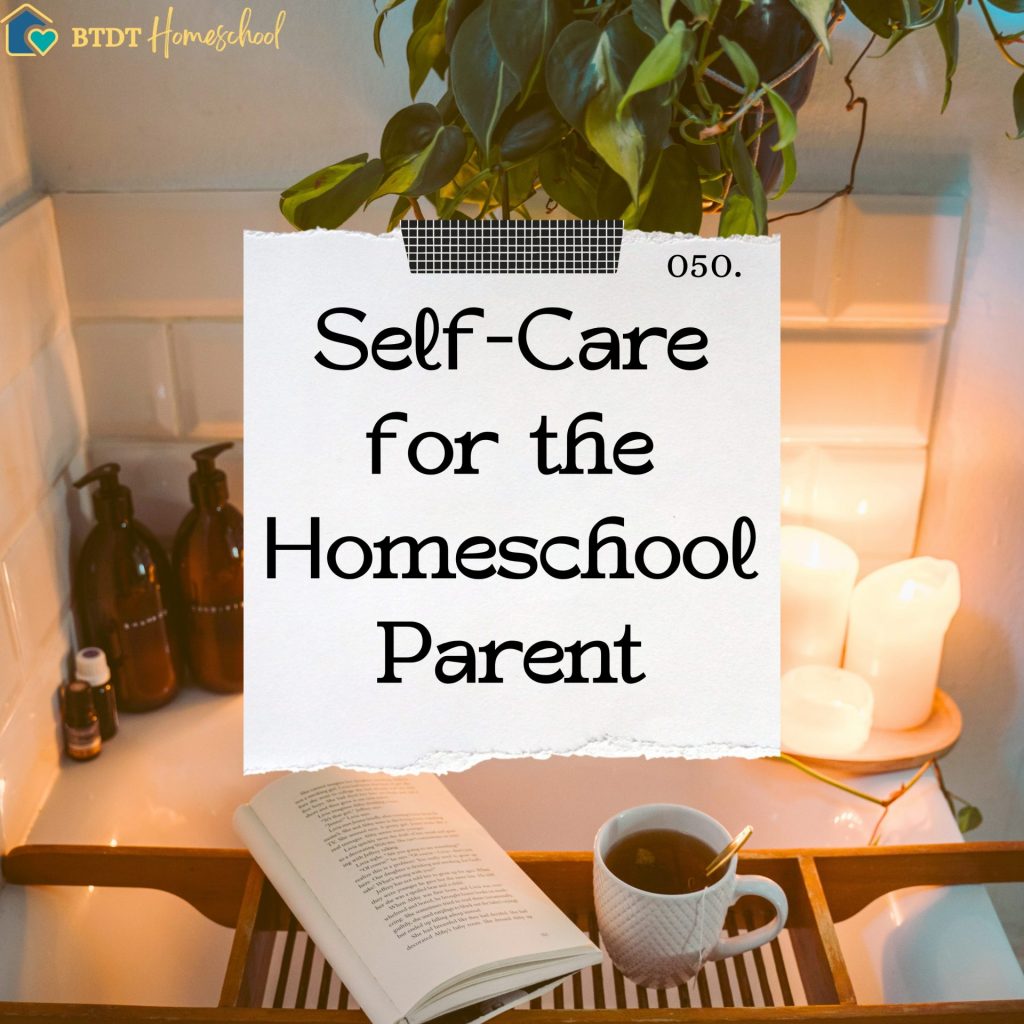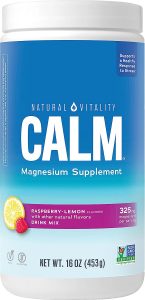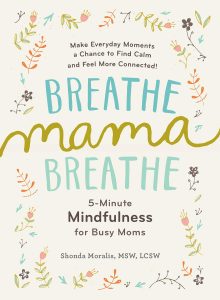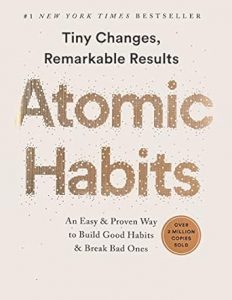051. Homeschool PE, Health, and Sex Ed

051.
Homeschool PE,
Health,
and Sex Ed
Health, fitness, and Sex Ed are crucial components of a well-rounded education. Today we’re talking about the importance of teaching your children to make lifelong healthy habits that will reduce their risk of chronic diseases and ensure their overall well-being.

Episode 051:
TWO WAYS TO LISTEN TO THIS EPISODE:
1. Click PLAY Button Above ^^ to listen here.
2. OR Listen on your favorite podcast platform:

Apple – Spotify – Google Play – Amazon – Others
Scroll down for this week’s FREEBIE:
Fitness Dice (pdf)
Brand New to Homeschooling?
GETTING START PAGE >>
Kindergarten Page >>
High School Series >>
Show Notes
It’s hard enough sometimes to fit all the regular subjects of reading, writing, math, social studies, and science into a busy homeschool schedule. Add in all your electives and you might wonder if you even need to make time for Health, Physical fitness, and Sex Ed. Maybe your kids are already active in sports or dance classes. Perhaps a healthy diet is already a part of your lifestyle. If so, great! You are already one step ahead. In today’s episode, we are talking about how health, fitness, and sex ed are crucial components of a well-rounded education. We all get so busy and maybe you’ve let a few things go and your kids have been watching a lot of TV or playing video games a little more than you want, or you’ve been too busy for those evening family neighborhood walks like you wanted and you’re ready to incorporate a healthier lifestyle. We’re going to be giving you tips on how to make these subjects happen in your homeschool. Teach your children to make lifelong healthy habits that last!
Fitness tends to be an easier subject for us- we are both active and we’ve mentioned several times that we both are lifelong athletes. Naturally, we’ve encouraged our kids to also be active. For many kids this is natural- especially when they are young. Kids love to play! But not all kids enjoy being super active and as they get older, that may become even more true. Promoting healthy habits from an early age instills lifelong habits. And this doesn’t just create healthier bodies and reduce their risk of chronic diseases, but it also ensures an overall well-being.
Physical education also fosters social skills, teamwork, and discipline. It also provides an outlet for physical energy and helps combat sedentary lifestyles, which are becoming increasingly prevalent in today’s digital age. Even before the Covid, inactivity was on the rise in a major way. Kids around the world are really suffering from inactivity. One of the best things about homeschooling is that you’re not tied to a desk all day. We have the freedom to move around and take breaks whenever we want. Regular movement has been proven to help kids stay focused and improve cognitive function. We’re not big on testing (especially in the younger years) but studies have shown time and time again that students perform better on tests with regular physical activity.
How to Include Physical Education and Fitness into Your Day (5:57)
Structured PE Curriculum: A lot of us have memories of PE class in school. For kids that are not into sports, this is a great option. Some homeschool families do use a structured PE curriculum or program designed for homeschoolers. These resources often include lesson plans, fitness activities, and assessments. These can be self-taught or sometimes you can find an actual class locally.
There’s a group here in DFW that I know runs PE programs in several cities. We’ve actually participated in two PE programs in North Texas over the years. They do drills, flag football, and other games. It’s great to get the kids out in groups while somebody else organizes the activity.
- Daily Exercise: Make physical activity a daily routine. Set aside time for activities like stretching, yoga, calisthenics, or even have a dance party in your living room.
- Outdoor Play: Encourage outdoor playtime for younger children. Activities like running, biking, playing tag, or sports in the backyard with siblings or friends or climbing the jungle gym at a park are great ways to keep kids active.
- Sports and Recreation: Enroll your child in sports leagues or recreational programs. Many communities offer homeschool-friendly sports teams, swimming lessons, martial arts classes, or dance studios.
- Home Gym: Create a home gym. And you don’t need anything special. You can do this with basic exercise equipment like jump ropes, resistance bands, dumbbells, or a yoga ball. And the best part about having a home gym is that it’s always open and so it’s easy to walk over and incorporate that into your homeschool day.
Through strength training, kids as young as 7 can safely develop a strong musculoskeletal system. Youth Strength Training provides 100 illustrated exercises with teaching safe techniques using various types of training equipment. This book is a great place to get your kids started off on correctly:

- Family Fitness: Include the whole family in physical activities. Go for family hikes, bike rides, or play active games together. You can even go for a family walk around your neighborhood after dinner. Just make it a habit. You don’t have to go far, and it doesn’t have to take your whole evening. This will really foster a culture of fitness within your household.
- Field Trips or hiking/nature groups: Plan educational field trips to places like museums, nature reserves, or science centers that offer interactive exhibits related to health, anatomy, or physical fitness. Dallas Perot Museum Sports Hall.
- Physical Challenges: Create physical challenges or fitness goals that align with your child’s interests. For example, they can aim to run a mile without stopping, or do 20 push-ups without stopping, or go a certain distance on a bike. You could also try to throw together a Field Day with friends and do competitions and sports games.


- Health Journals: Encourage your child to keep a health journal where they record their daily physical activities, meals, and reflections on their overall well-being. This can be a useful tool for tracking progress and setting goals.

Remember that fostering a lifelong love for physical activity and healthy living is the primary goal. Tailor your approach to your child’s interests and needs, and make PE, health, and fitness part of each day. Be sure to make it an enjoyable part- that doesn’t mean that they don’t work hard but you want to give them attainable goals and help to make them feel accomplished and empowered. This is our favorite Fitness Journal for teens and young adults.
How to Teach Health (15:54)
Teaching health to your child can be both educational and fun. There are so many great resources available that cover a wide range of health topics and cater to different age groups and it’s easy to integrate health education into your homeschool curriculum. You will want to cover topics like nutrition, hygiene, anatomy, and the importance of a balanced lifestyle. You can also involve your child in meal planning and preparation. Teach them about healthy food choices, cooking techniques, and portion control. Gardening can also be a fun way to learn about growing and harvesting fresh produce.
If you work solo in the kitchen and you send them to go play when it’s time to cook, I really encourage you to bring them to the kitchen and teach them now because let me tell you, it’s awesome to walk in the door and your teenager just cooked dinner. We started when they were very young when they were toddlers, climbing up in their learning tower and helping to tear lettuce for a salad. And if you feel lost on where to start, there really are a ton of resources available. You can use textbooks, online resources, and educational videos to teach these subjects. We will talk about a few of these options but will have tons of resources in our show notes, so be sure to check that out.
Two great free resources:
- Khan Academy: Online courses on health and medicine that cover various topics suitable for middle and high school students.
- KidsHealth in the Classroom: This website provides lesson plans, activities, and videos on health topics, including nutrition, exercise, and emotional well-being.
- Some people want to go old style school textbook for this topic. If you are one of those, here are two popular textbook options:
- “Holt Lifetime Health” by Holt McDougal: This is a comprehensive health textbook for middle and high schoolers.

- “Glencoe Health” by Glencoe/McGraw-Hill: Another widely used health textbook.

Documentaries and Educational Videos
- “Supersize Me”: This documentary explores the impact of fast food on health.
- “Food, Inc.”: An eye-opening documentary about the food industry and its effects on health.
We will caution that with documentaries- you really do need to consider the source- there are a lot of really one-sided sources out there that people quote on diet websites and there is always someone who will point out cherry picked date and offer the other perspective- so maybe watch both and use those things as a learning opportunity.
- TED-Ed Health Lessons: TED-Ed offers a range of health-related lessons and videos for all ages.
Health and Anatomy Apps
- Human Anatomy Atlas:
- Anatomy Body Facts: This cool FREE app gives you hundreds of fun, odd, weird & useful anatomy facts & trivia. Learn about the brain, heart, liver, bones, blood, muscles, skin, hair,
- MyPlate by Livestrong: A nutrition and calorie tracking app for learning about healthy eating habits.
Websites and Educational Portals:
- CDC’s BAM! Body and Mind: The Centers for Disease Control and Prevention (CDC) offers a website with interactive games, quizzes, and information about health and safety.
- MedlinePlus: A comprehensive resource from the National Institutes of Health (NIH) that covers a wide range of health topics with articles, videos, and tutorials.
Teaching basic first aid is an important aspect of health education. Consider purchasing or assembling a first aid kit and teaching your child how to use it. You also can teach safety and emergency preparedness- years ago the kids and I put together a bin with essentials. Here is what we have ours:
Emergency Preparedness Kit
- First aid kit
- flashlight
- batteries
- blanket
- ponchos
- towel
- life straw
- duct tape
- freeze dried food
- string
- phone charger
- masks
- water
- I also included reading glasses, because that is an essential for me!
If you want to create one with your kids, you can use safety manuals and guides available from organizations like the American Red Cross. Or contact your local health department to see about resources, workshops, and educational programs they may offer to homeschoolers.
Years ago, in our adventure kids club we did a First aid CPR class at your house with an instructor. We also did another one with our scout troop at one of those stand-alone ERs. Basic Life Support Skills for Kids
And of course, you know we love our books! We’re going to have great ones listed on our show notes, but you can also visit your local library and find these titles or just explore the health and wellness section for books suitable for your child’s age. We found it handy to get lots of books about various subjects and keep them within easy access on our shelves.
One book we really liked was Body Book: Easy to Make Hands on Models. It’s scholastic and you end up going through all the different body parts and making an entire skeleton. We used this as a spine and then got other books and resources and read those before making the models:



When teaching health, you need to be sure to tailor the materials and resources to your child’s age, interests, and maturity level. Encourage open discussions about health-related topics and answer their questions honestly. You really want to create a supportive and informative learning environment.
How to Talk About Sex Education (23:31)
Sexual education is essential for empowering your child with accurate information about their bodies, relationships, and safe practices. This will enable them to make informed decisions and navigate the complexities of sexuality and relationships responsibly. These subjects collectively contribute to the holistic development of your child. It’s so important to equip them with essential life skills for a healthy and fulfilling future.
And keep in mind that it’s completely normal for children to worry about their bodies, especially when things start changing during puberty. Reassure them and always remember that you are their role model and your words and actions set an example. The way you talk about sexuality sends messages that last a lifetime. These conversations aren’t just about sharing information – you’re teaching values and attitudes. HOW you talk is one of the first lessons they receive about body image and sexuality.
Talking about sex and puberty isn’t a one-time conversation. Young kids are curious and have lots of questions. Being open to these questions without judgment shows them that you’re a source of support. Help them create a healthy body image by the way you talk about your own body and others. Encourage other healthy habits too like good personal hygiene and posture, healthy sleep habits, and stress relief.
And I would really encourage you to be proactive. Don’t wait for them to come to you with questions about their changing body. You really want to create a safe space for them to ask questions without shame or fear. Let them know that you’re available to talk but start conversations too. Discuss puberty and the feelings that come with its changes as openly as possible. Some parents might feel embarrassed discussing these sensitive topics, but kids are often relieved to have them take the lead. And I guarantee if you don’t teach these extremely valuable lessons, they’re going to learn somewhere else – and there’s a good chance that these other sources might not even be accurate information.
Talk to them about the changes their bodies will go through as they grow. Some girls start puberty at 8 years old, and some boys do by 9 so you may need to start these talks earlier than you think. Discuss the physical and emotional changes that come with puberty before they begin.
Sex Ed Resources
Sex Ed Resources for Ages 4-7
- Let’s Talk About Body Boundaries, Consent, and Respect. Ages 4-7 by Jayneen Sanders
- I Said No! A Kid-to-kid Guide to Keeping Private Parts Private Ages 4-7 by Kimberly King
Sex Ed Resources for Ages 6-12
- Where Did I Come From? Ages 6+. Another good book teaching the basics with accurate illustrations. It is a higer level of information provided to elementary kids, but it answers all the right questions and teaches anatomy presented in picture book form.
- What’s Happening to Me? Ages: 9-12. Uses humor, honesty, and sympathy and grabs the attention of kids. It eases the embarrassment for both kids and parents.
- It’s So Amazing! Ages: 7+. Helps answer questions younger kids have about reproduction, babies, love, sex, and gender. Provides honest answers with age-appropriate, reassuring words and accurate, inclusive art.
- The Care and Keeping of You Ages 8-10 (Girls) by Valorie Schaefer: This series is particularly useful for girls and covers puberty and personal hygiene topics.
- Sex is a Funny Word Ages 7-10 by Cory Silverberg (Book): This book is aimed at kids aged 8 and older and explores topics like bodies, gender, and relationships in a way that is inclusive and affirming.
Sex Ed Resources for Ages 11-15
- What’s Happening to My Body? Ages: 11-15 (Boys). This book is made for boys and touches on all the bases including steroids, acne, diet and exercise, romantic feelings, voice changes, and more. It’s straightforward and touches on what puberty is for girls. A good way to introduce a book like this is You should read first, then present the book to your child, and then once they are finished, come to them, and discuss and answer any questions they may have
- What’s Happening to My Body? Ages: 11-15 (Girls). This book for girls touches on all the bases including breast development, reproduction, menstruation, growth and growth spurts, body hair, diet and exercise, romantic and sexual feelings and more. It uses a straightforward writing style and it touches what puberty is for boys. You should read first, present book, and answer questions.
- It’s Perfectly Normal: Ages: 11+. This series is one of my favorites. One reason I love it is because it answers questions appropriately and accurately. It is a no-nonsense book and is a thorough guide to changing bodies, growing up, sex, and sexual health. It does a great job covering all the bases, including embarrassing things happening to their bodies! It also includes a chapter on Internet safety. The illustrations are for older kids. A must read for middle schoolers.
Sex Ed Resources for Ages 14+
- Consent: The New Rules of Sex Education. Ages 15+. This book is for older middle schoolers and high school. It covers an overview of human sexuality, common scenarios, and healthy ways to handle them. It gives tools for communicating and understanding consent and abuse. You should read first, present book, and answer questions.
- Cycle Savvy for teens Ages 14+ (Girls) by Toni Weschler This is by the same author as Taking Charge of Your Fertility It’s the first book specifically designed to teach young women about the practical benefits of charting their cycles. Explore the fascinating world of ovulation, fertility, and why you even have periods at all!
Online Sex Ed Resources
There are also a number of progressive sex education resources online that prioritize comprehensive, inclusive information. These resources promote open and informed discussions, they emphasize consent, and they provide a safe space for kids to ask questions.
Scarleteen (Website): Scarleteen is a comprehensive online resource for sexual health and education. It offers articles, guides, and forums that cover a wide range of topics related to sexuality, relationships, and consent. The content is LGBTQ+-inclusive and sex-positive.
Amaze (Website and Videos): Amaze creates animated videos that tackle a lot of aspects of sex ed, including puberty, body image, consent, and healthy relationships. These videos are designed for young people.
Planned Parenthood (Website): Planned Parenthood’s website provides a wealth of information on sexual health, including educational articles, videos, and interactive tools. They offer resources for teens and parents, covering topics such as puberty, birth control, and consent.
Our Whole Lives (OWL) by Unitarian Universalist Association (Curriculum): OWL is a comprehensive, age-appropriate, and inclusive body/sex ed program for all age groups, from young children to adults. It is a year long program and covers topics like anatomy, relationships, and consent and so much more. My daughter did the middle school program.
Advocates for Youth (Website): Advocates for Youth is an organization that promotes comprehensive sex education. Their website offers a wide range of resources, including lesson plans, fact sheets, and toolkits.
Gender and Sexuality Alliances (GSAs): If this group is available in your area, they provide a supportive environment for discussions on gender identity, sexual orientation, and other related topics. It’s a really safe space for a lot of kids that need it.
Always review the content of the resources to ensure they align with your values and the age-appropriateness for your child. It’s also important to create a safe and non-judgmental space for your child to ask questions and discuss sensitive topics. Open and honest communication is key when teaching progressive sex education.
This Week’s Freebie:







